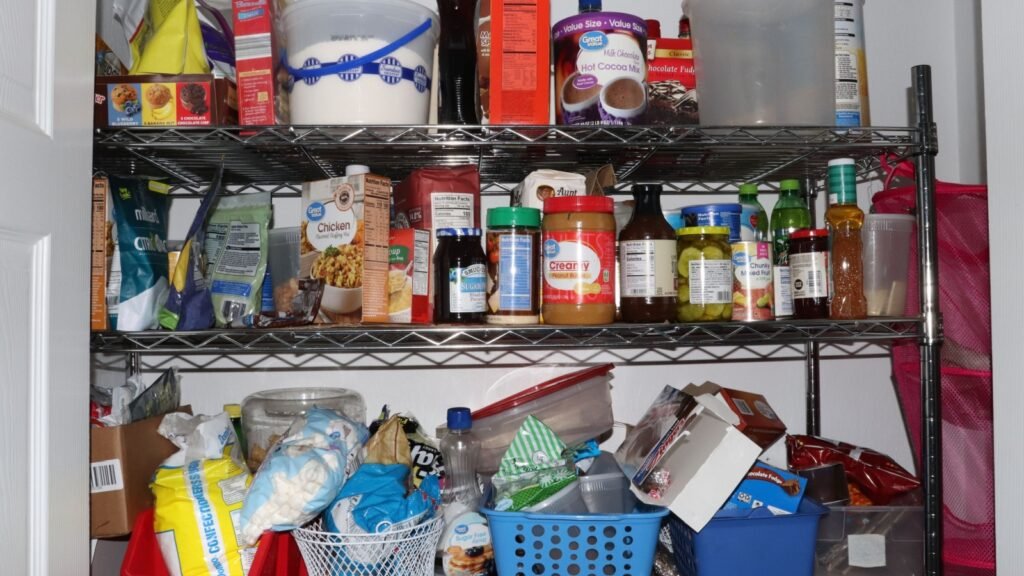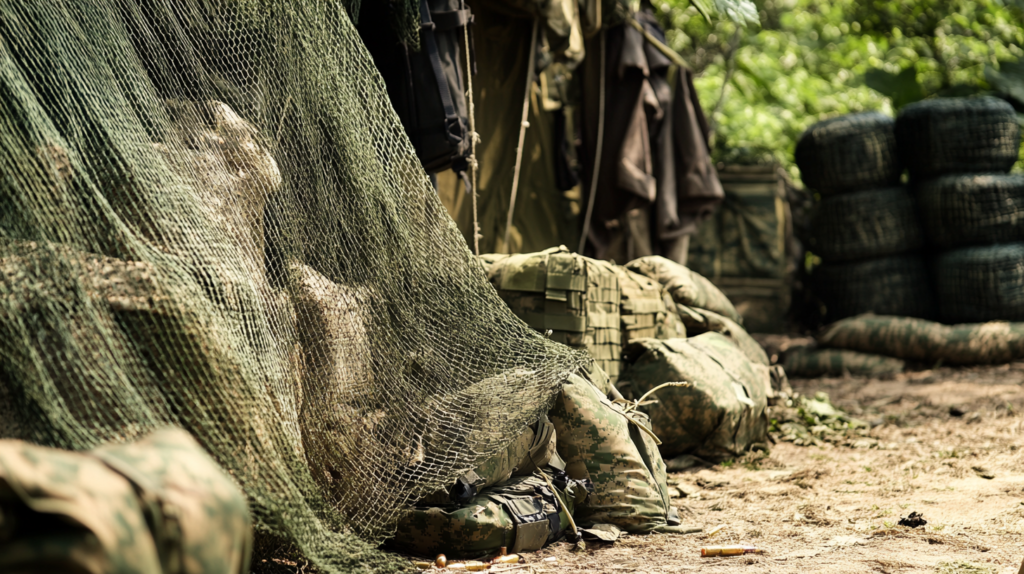As preppers, we know the importance of having supplies ready for when disaster strikes. Whether it’s economic collapse, natural disasters, or societal breakdown, being prepared with survival caches can make all the difference. A cache is essentially a hidden supply of essential items, carefully stored in a secure location where you can access it when needed. But it’s not just about creating a cache—you need to make sure it’s well-hidden and easily retrievable, even under pressure. Let’s explore how to create and hide survival caches that could be lifesavers in SHTF (Sh*t Hits The Fan) scenarios.
Choose Durable, Waterproof Containers

The first step in creating a survival cache is selecting the right container. You need something strong, durable, and waterproof because your supplies might be sitting outside for years before you need them. Popular choices include PVC pipes with sealed ends, military-grade ammo cans, and heavy-duty plastic storage bins. Make sure the container can handle exposure to moisture, dirt, and temperature changes without degrading.
Store Only Essential Items

When stocking a cache, it’s crucial to include only what you really need. Focus on things that will help you survive if you’re cut off from regular resources—think food, water, basic tools, first aid supplies, and clothing. Keep the contents light and diverse, but don’t go overboard with items you’ll never use. Canned food, water filters, lighters, batteries, multi-tools, and flashlights are all great items to consider.
Choose Remote, Unobvious Locations

The location of your cache is key to its security. Avoid easily accessible or high-traffic areas where someone else might stumble upon it. Ideal places for hiding caches include remote woods, under rocks, in hollowed-out trees, or beneath structures like bridges. You want somewhere that’s far enough from your home or bug-out location that others are unlikely to search there, but still reachable when you need it. Be creative, but strategic.
Use Natural Camouflage

Once you’ve buried or hidden your cache, blending it into the environment is critical. This could mean covering it with natural materials like rocks, dirt, or leaves, or using camouflage netting to disguise it. The goal is to make sure it doesn’t stand out. Even if you have an above-ground cache (like inside a tree stump or old well), natural camo will keep it from being spotted by casual passersby.
Plan for Easy Retrieval

In an SHTF scenario, stress will be high, and you might not have the luxury of taking your time. That’s why you should make sure your cache is accessible without too much digging or hassle. Mark its location discreetly—use a coded map or GPS coordinates that only you understand, or natural landmarks that are easy to remember. Also, avoid burying it too deep. A foot or so of dirt should be enough to conceal it without making retrieval a headache.
Diversify Your Cache Locations

Relying on one cache is risky. If it’s discovered, stolen, or damaged, you’re out of luck. That’s why it’s smart to spread your supplies over multiple locations. Some caches might be closer to home, while others could be on your bug-out route or in various safe zones. This way, you’re more likely to have access to at least one cache if a particular area becomes unsafe or inaccessible.
Rotate Perishable Items

Even though survival caches are meant for long-term storage, perishable items still need to be rotated out. Items like food and batteries have a shelf life, so it’s important to check on your cache periodically and swap out anything that’s close to expiring. Plan regular checks (at least once a year) to ensure everything is in good shape and ready when you need it most.
Use Secrecy and Discretion

One of the golden rules of caching is keeping it secret. The fewer people who know about your survival caches, the safer they’ll be. Even trusted friends and family members might accidentally reveal the location under stress. Discretion also extends to how you transport your supplies to the cache site—make sure you’re not followed or observed while stashing your gear.

